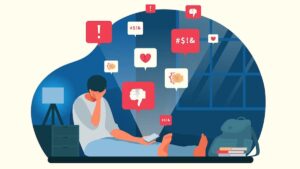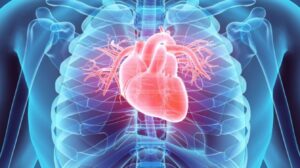Silver Economy: the future for adult people

Doctor or nurse holding elderly ladys hands.
In recent years, a new global economic trend has emerged, which is known as the “Silver Economy”. This term refers to the industry and services aimed at meeting the needs of the older population. Technology plays a very important role in it. It is designed to serve the needs of older adults, including food, beverages, personal care products, information and communication technologies. Technology has enabled the creation of solutions within their homes through virtual assistants in order to maintain a certain level of independence and security. It also includes services such as medical care, medical devices and home care.
“Silver Economy” is a response to the global aging population. According to the WHO, the world’s elderly population is expected to double by 2050, generating an increase in demand for services and products to meet and support their needs. In terms of its relationship with medicine and healthcare, the Silver Economy is beginning to play a key role through new developments and evolutions such as blood glucose monitors, hearing aids and the development of customized prostheses. Applications such as CareLinx and Seniorly support seniors in finding home care and nursing care providers in their area.
Silver economy helps in multiple ways in terms of medical care. One example is telemedicine, which allows seniors to receive quality care from home via video calls, with the ability to receive diagnoses, prescriptions for medications and treatments. Another example is wearable devices such as smartwatches, which allow continuous real-time monitoring of activity and health. Mobile applications are also a great help to monitor your health and help you exercise. An example of this is Lumosity, which offers cognitive games to improve memory and concentration.
Medical technology services are essential to meet the needs of this new Silver Economy”. Older adults can benefit from these personalized and accessible services in order to improve their quality of life, lifestyle and overall well-being. In turn, they improve their social connectivity which will stimulate their mental and physical health.




